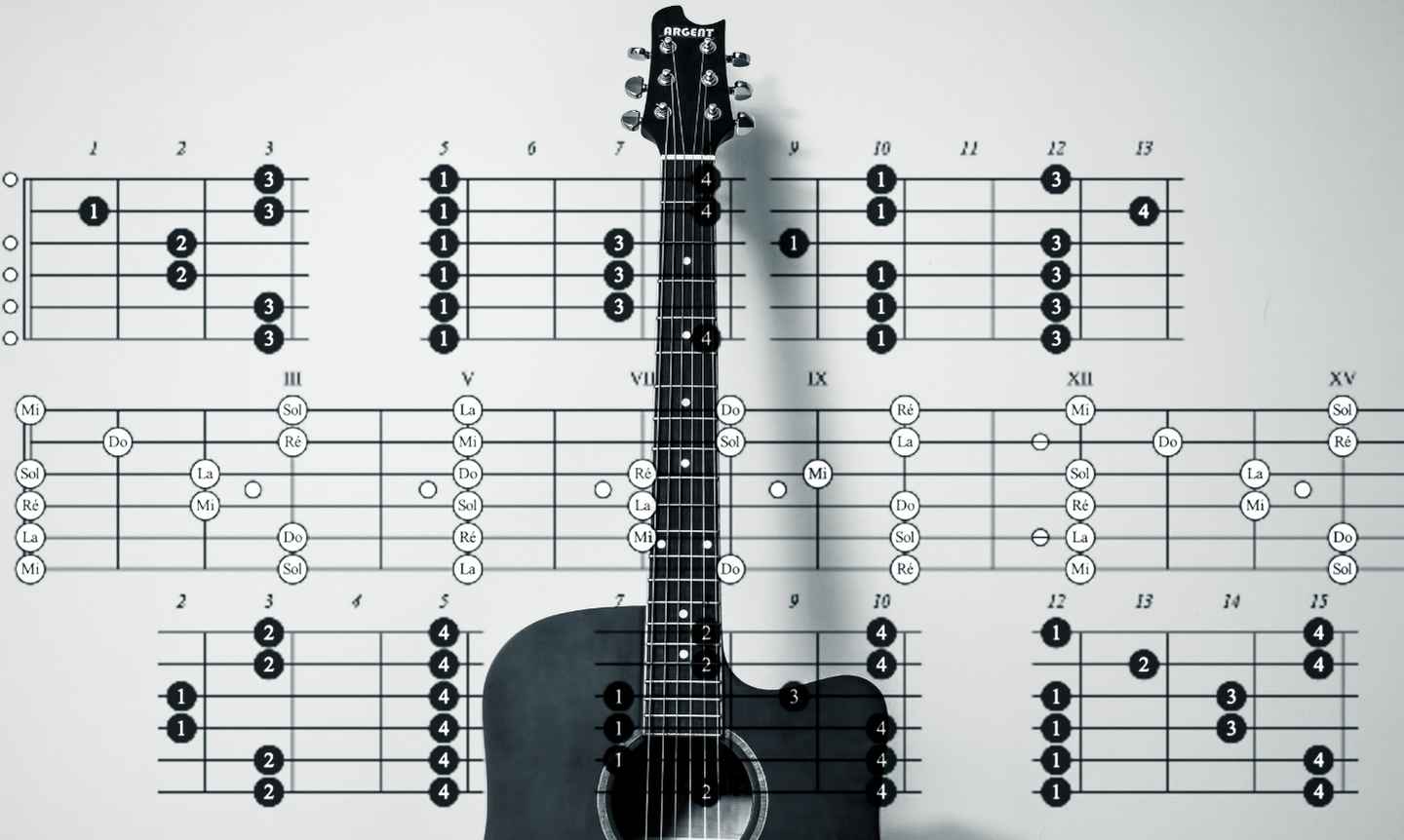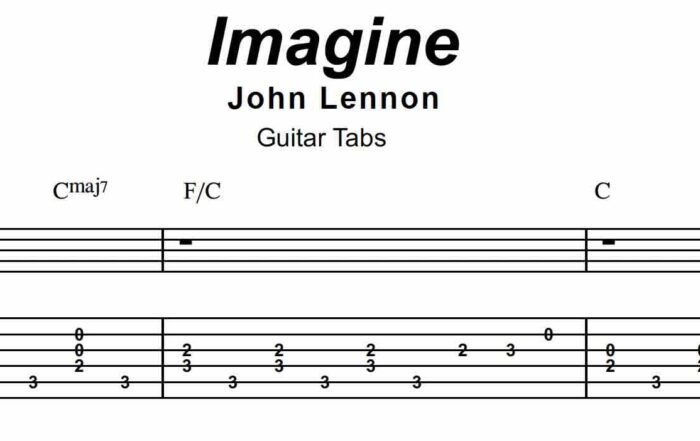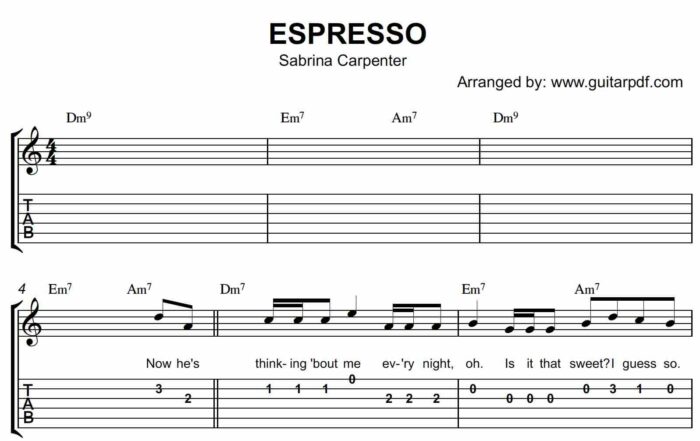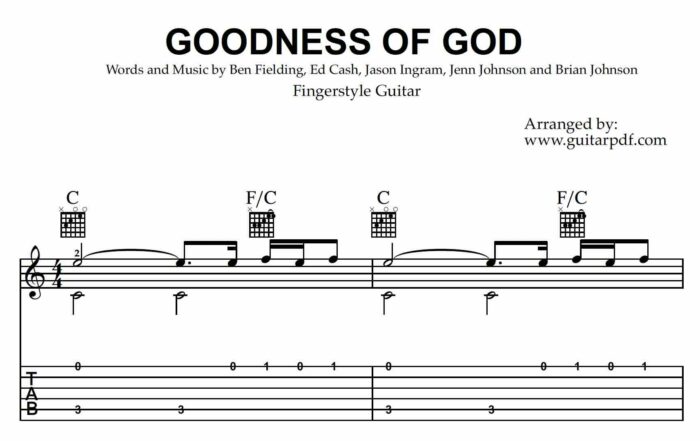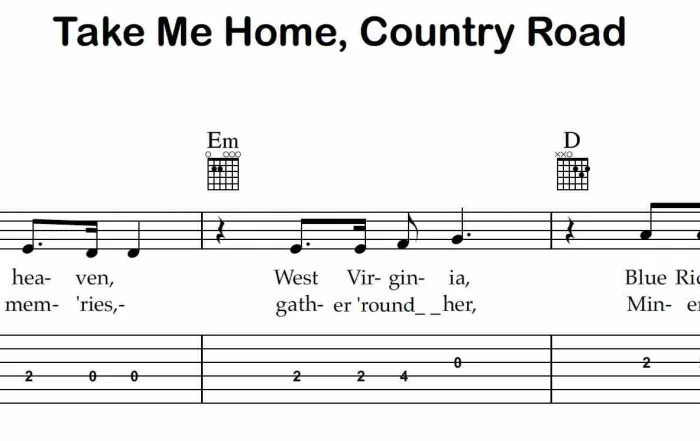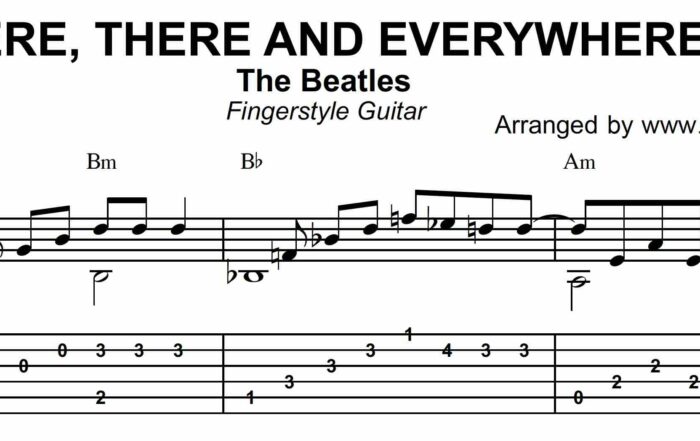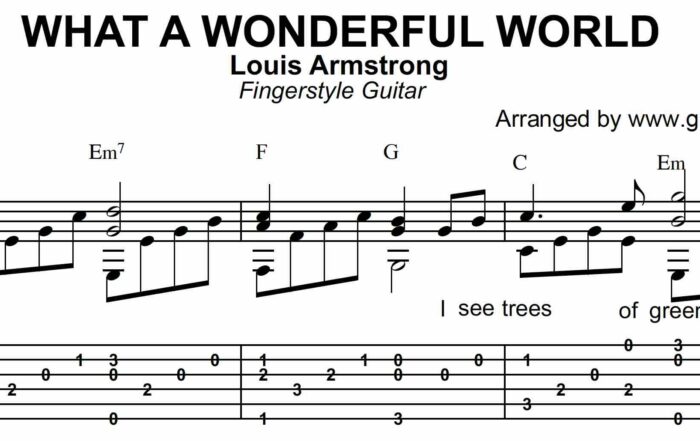Guitar Scales
Guitar Scales: A Guide to Unlocking the Fretboard
After learning the chords and plucking techniques on the guitar, your next target is to understand and master the Guitar Scales. Once you are able to play the guitar using the scale, you will be introduced on the creation of guitar melodies, solos and improvisation; and a new Guitar Hero will be born.
It is very important to learn the guitar scale because it will open more possibilities and opportunities on your guitar playing. The guitar scale is one of best ingredients on becoming a seasoned guitarist, it is a must and it will surely help you to achieve greatness on your guitar journey.
In this article, we will be discussing all the scales that you will encounter on the guitar. We will also give you a printable pdf copy of each scale that you can carry and use during your guitar practice. You don’t have to learn all the scales at once, it is not really necessary. You just have to start with a certain guitar scale and try to be a master of that scale. Use that scale to create your own solos or just use that scale to improvise over a song or backing tracks. That is how you will start your journey on playing with scales. As you may have already know, that most guitarist first learned the Pentatonic Scale, that is true and it is a very good starting point. However, you have the freedom to start with other scales, so give your self the freedom to explore and enjoy the process of learning guitar scales.
The Major Guitar Scale
If you want to create a happy song or guitar solo, then use a Major guitar scale. This scale consider as the foundation of other scales. It consists of the formula Whole, Whole, Half, Whole, Whole, Whole, Half.
You really don’t have to memorize the formula, most guitarist don’t use this. What majority of guitarists know is the pattern of the scale. They just have to know where the root note of the key they playing, then they will just follow the pattern.
Guitar Scale Pattern is like a chunk of the guitar fret board or it is a group of notes that defines the scale over 4 or 5 frets. This method simplifies the scale and gives the guitarist easy navigation over the fret board.
To start with, let me present to you the 5 patterns of the Major Guitar Scale:
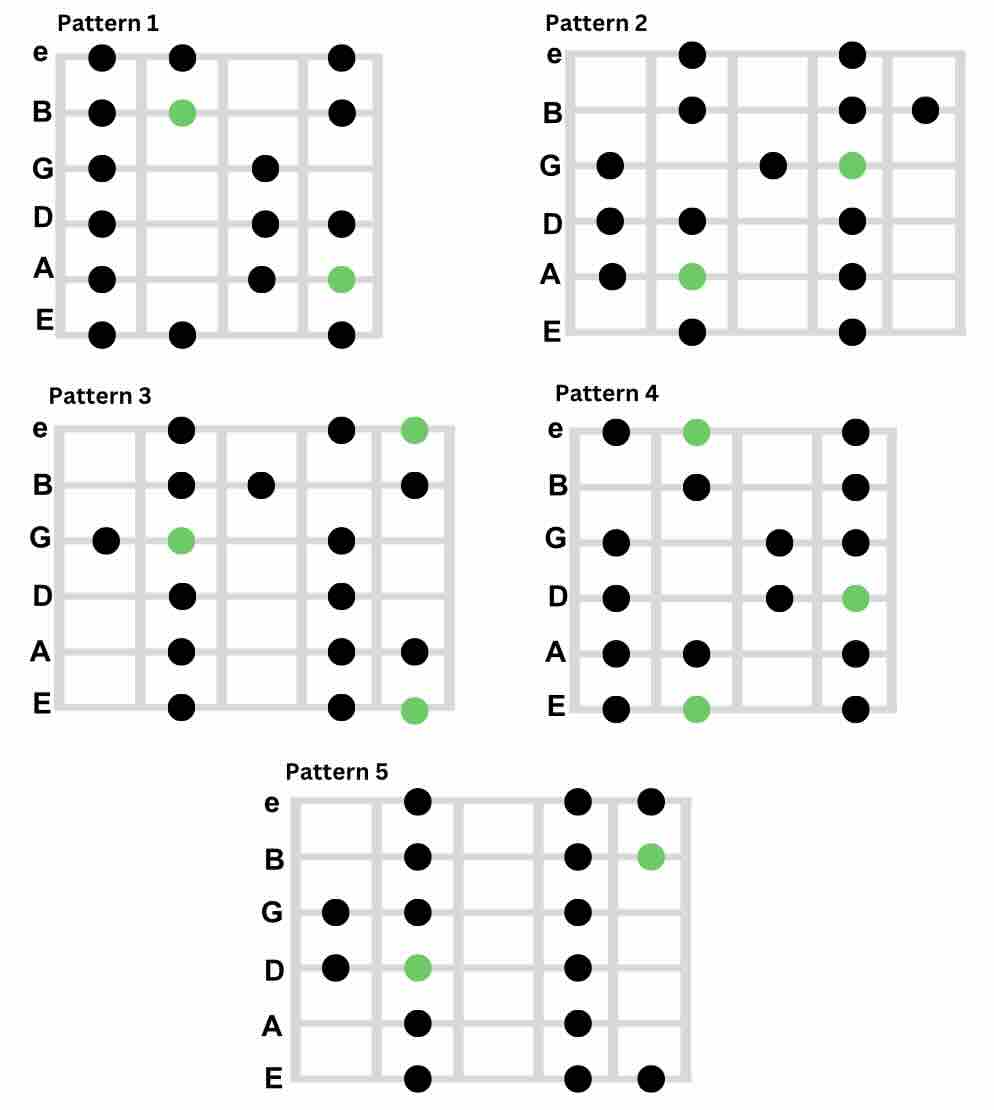
Download the PDF copy of this scale here: Major Guitar Scale PDF
To use the scale patterns, start with the green dot, this represents the Root Note of the song. The root note corresponds to the key signature of the song. For example if the song starts with the A major chord, then this will tell you that the song is in the key of A Major. If that is the case then start and end your solo with the A note.
As an example, we will use the Pattern 3 and Pattern 2:

This is how you apply the pattern on the actual guitar fret board. Always be aware of the key signature of the song, then find the root note on the guitar finger board. Once you find the root note, you are now ready to apply the pattern that correspond to the scale. On the above example, we only use 2 patterns. You have the option to use all the patterns. However, if you are just starting out, use only 1 or 2 patterns then practice.
The beauty of using the patterns during guitar solo or improvisation, is you will not be confused if you are playing the correct notes on a particular song. As long as you are playing the notes on a certain pattern, you are good. You will sound amazing specially if you use hammer-on, pull-offs, slides and other techniques along with the chosen scale pattern. With this in mind, you are correct to think that you can solo or improvise by using just 1 pattern. Let say you use the pattern 3 on the first fret, you can use the same pattern on the octave 13th Fret. The same by using the Pattern 4 on the 4th Fret and using the pattern on its octave on the 16th fret. Just always remember to start or end with the root note.
Once you become adept at a certain pattern, try to learn and combine 2 patterns so that you will unlock more notes during your guitar solo or improvisation. You will sound more amazing if you are able to combine and link adjacent patterns because you can use more notes on the fret board.
See the following example wherein we will combine Pattern 4 and Pattern 5:

Practice and try all the patterns that you will learn and try to pick your favorite one, then be so good on it that you can play it without thinking. That you will play it using all the techniques that you learn on the guitar and applying the patterns on any songs that it may fit. That’s the only way that you will become a well rounded guitar player that can accommodate any song with your own solos and improvisation.
The principle that you learn here on using the Guitar Major Scale is the same process that you will apply on the next scales that you will encounter on this article. You will learn more patterns and scales, but the way of using them on the guitar fret board is the same. That is, know the key signature, find the root note, then play the scale pattern.
The Minor Guitar Scale
We have already learned the Major Guitar Scale, now is the time to be familiar with the Minor Guitar Scale. We mentioned that the Major Scale has bright and happy sound, the Minor scale on the other hand has darker or sad tonality. This scale is mostly used on songs or solos that conveys emotion or feelings to the listener.
Here are the patterns for the Minor Guitar Scale:
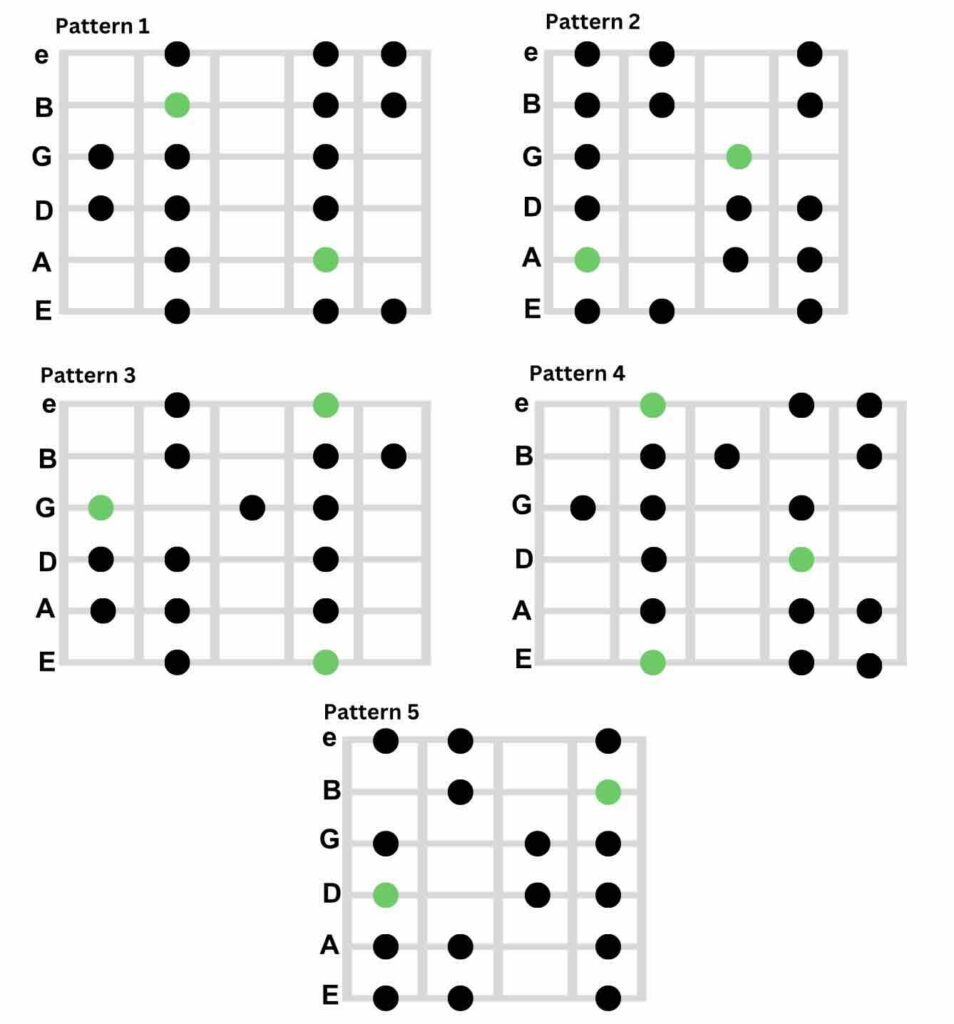
Download the PDF copy of this scale here: Major Guitar Scale PDF
The usage and application of the Minor Guitar Patterns are the same with the Major Scale. Always know the key signature and find the root note. Then once you found the root note, always start or resolve on that note so that your sound will become more musical and jiving on the entire song.
Now that you have already know both the Major and Minor Guitar Scale, it is time for you to know the “easiest”, widely used and well loved by all guitarists.. The Pentatonic Scales!
The Major and Minor Pentatonic Scales
Often you heard that the easiest scale pattern to remember and play is the Pentatonic scales. Well that is true because from its name “Penta” which is a Greek word for 5, this scale has only 5 notes per octave compared to the Major and Minor Scale which have 7 notes per octave.
While Pentatonic Scale is easier and simpler, this scale is powerful. The Pentatonic Scale has become the standard scale for pop, jazz, blues, country, rock and other genres because of its versatility. The pentatonic scale sounds great on whatever genre that you will play and there are lots of popular guitar players and bands that utilized this scale.
To illustrate, here are the scale patterns of the Major Pentatonic Scale:
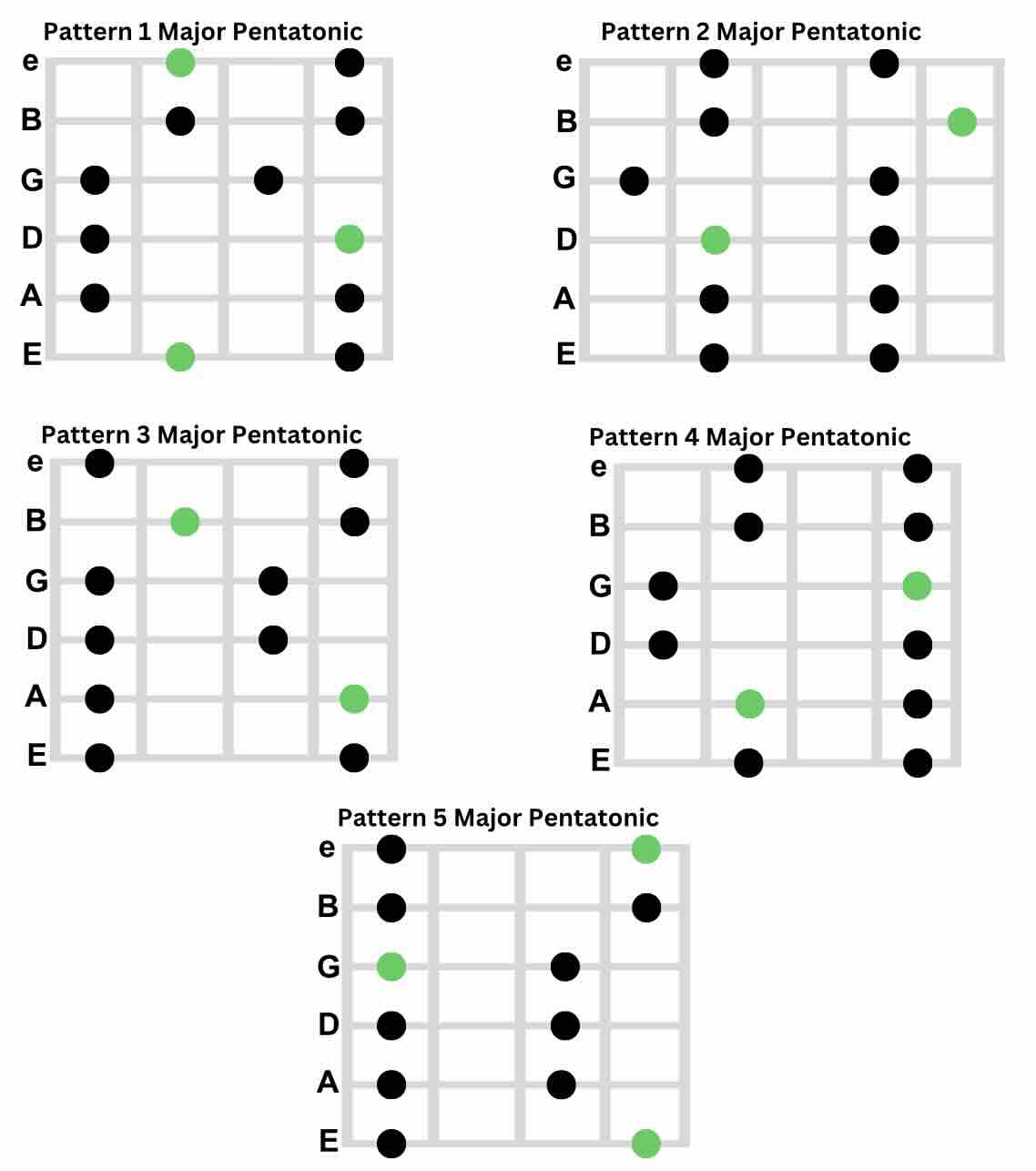
And here is the Minor Pentatonic scale:
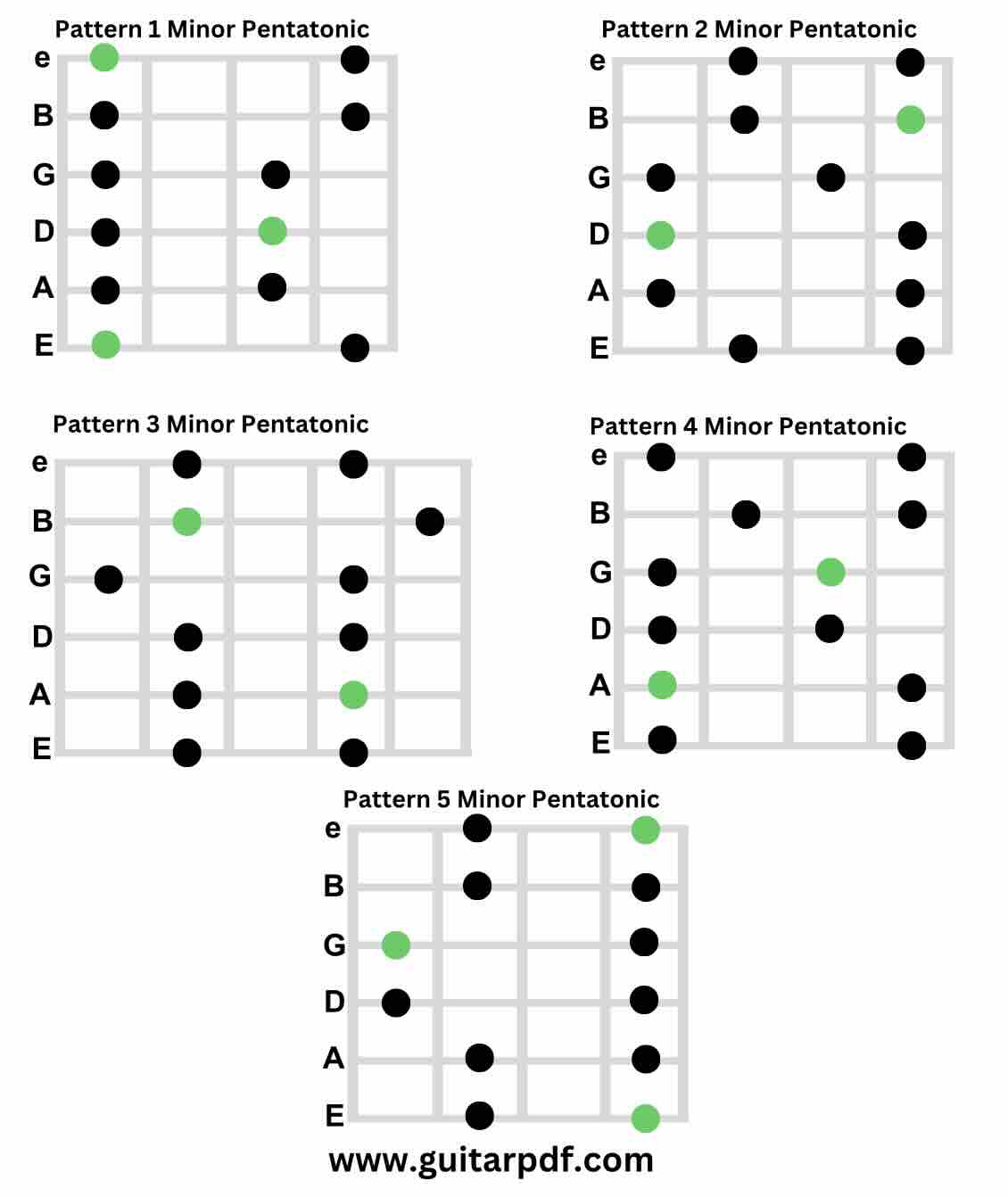
Wait… have you noticed something? Now that we have discussed both the Major/Minor and Pentatonic Scales, have you realized something? Have you noticed the similarity of the scales patterns?
Yes, the pattern of Major and Minor Scales are the same, and the difference is only on the root note. Take a look on this:
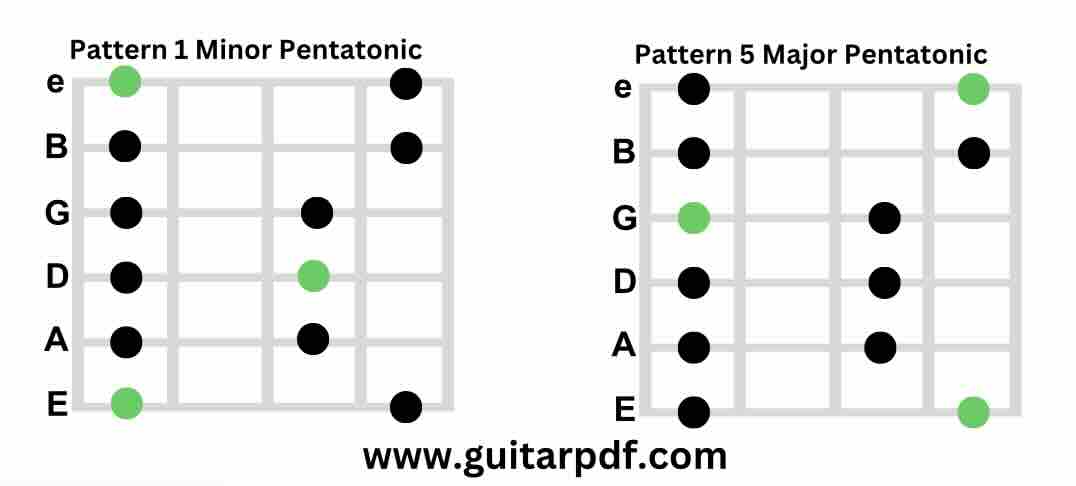
The pattern 1 of Minor Pentatonic is exactly the same with the pattern 5 of the Major Pentatonic. This means that you can use Minor Pentatonic to Major Pentatonic and vice versa, by just changing the root note on a particular pattern. It is because the Major Scale has relative pattern to the Minor Scale. This is best described by the following table and The Circle of Fifths:
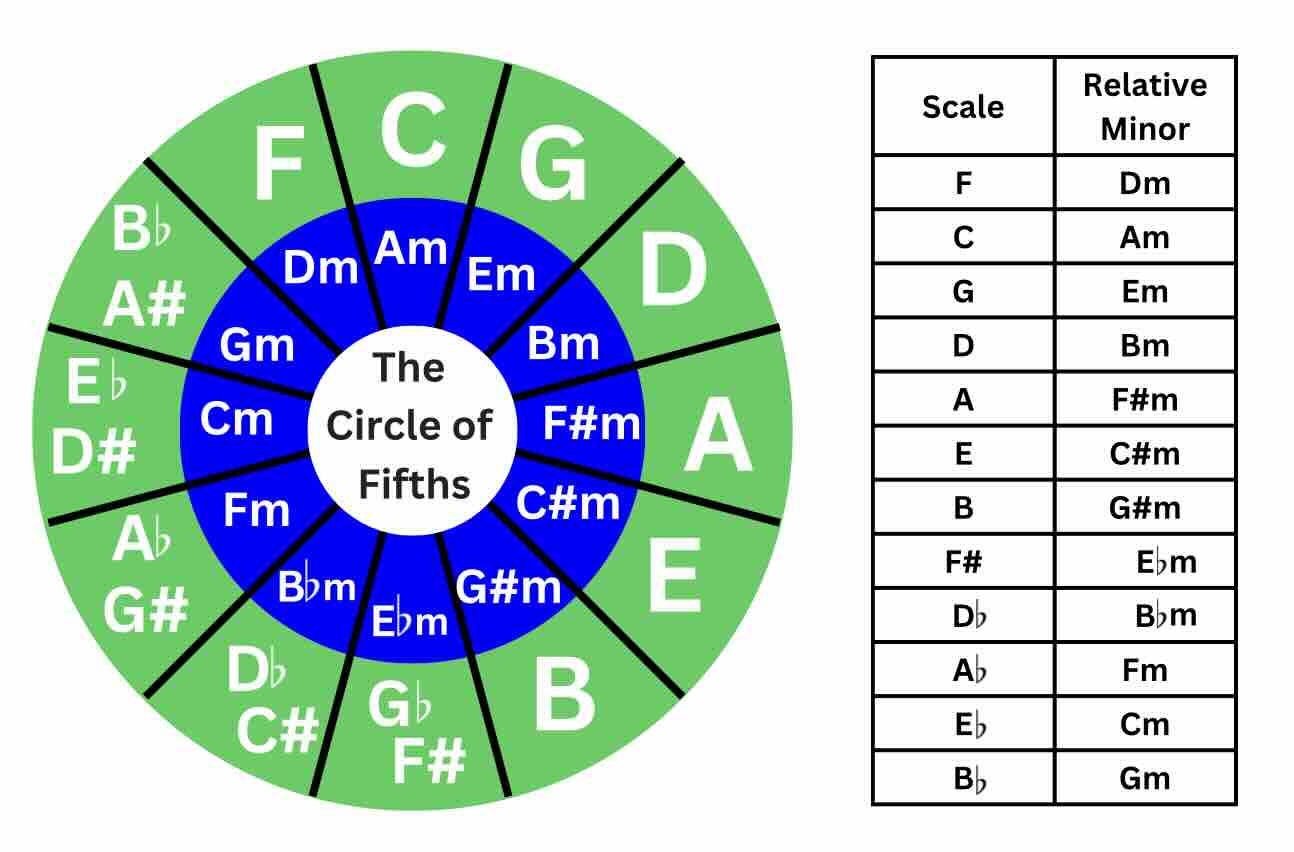
It’s like saying that if you only know just 1 pattern, let say you only know the famous Pattern 1 of Minor Pentatonic Scale, then you can survive as a band lead guitarist by just utilizing it on your solos. Like playing it on the lower fret, then shift to its octave, then change the root note if you change song key, then do some hammer-ons, pull-offs and bending. That’s how you use the scale pattern specially for the beginners. Then once you became master of it, you can now explore other patterns and other scales to incorporate on your playing.
The Blues Guitar Scale
Now that you have learned the Pentatonic Scale, it’s time for you to enhance the playing and try the Blues Scale. This scale is technically a Pentatonic Scale Pattern plus 1 extra note. This extra note is called the Blue note which gives the pentatonic scale the “bluesy” tone.
To illustrate, see below Pattern 1 Minor Pentatonic Scale transformed into Blues Scale:
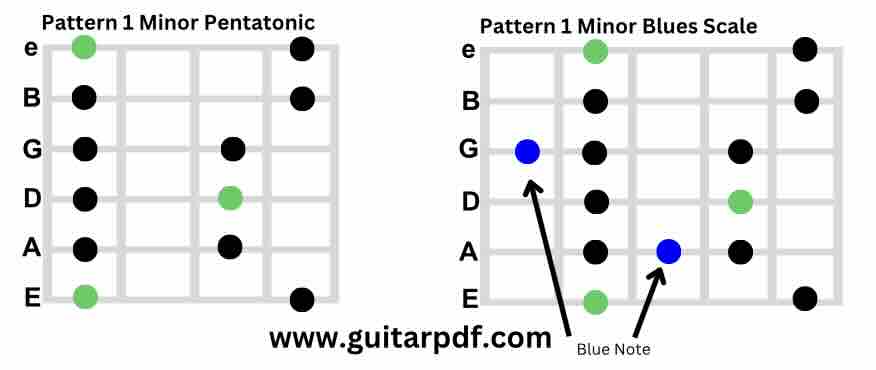
Blues scale is said to be the foundation of countless solos, riffs and licks that we hear from different genres like rock, pop, jazz and other type of music. With this, it is really essential to learn the blues scale if you want to be a seasoned guitar player.
Here are the guitar fret board patterns for the Major Blues Scale:
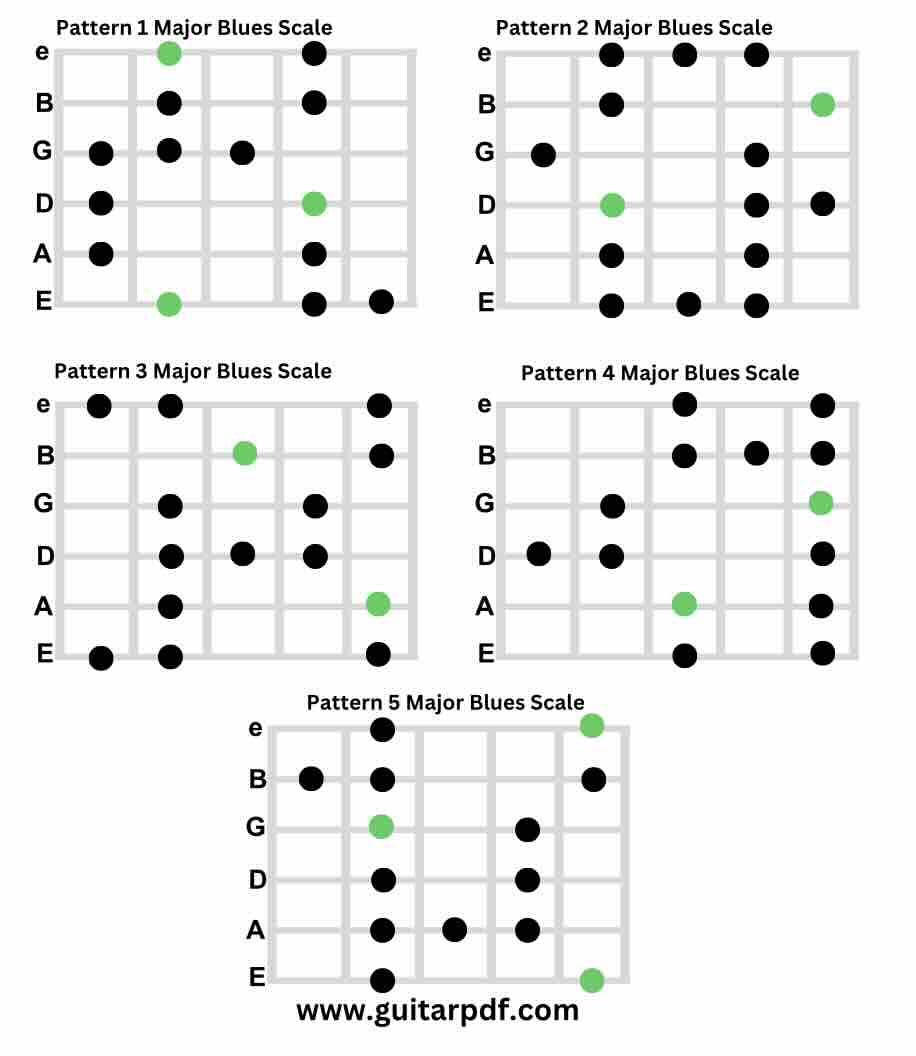
And here are the patterns of the Minor Blues Scale:
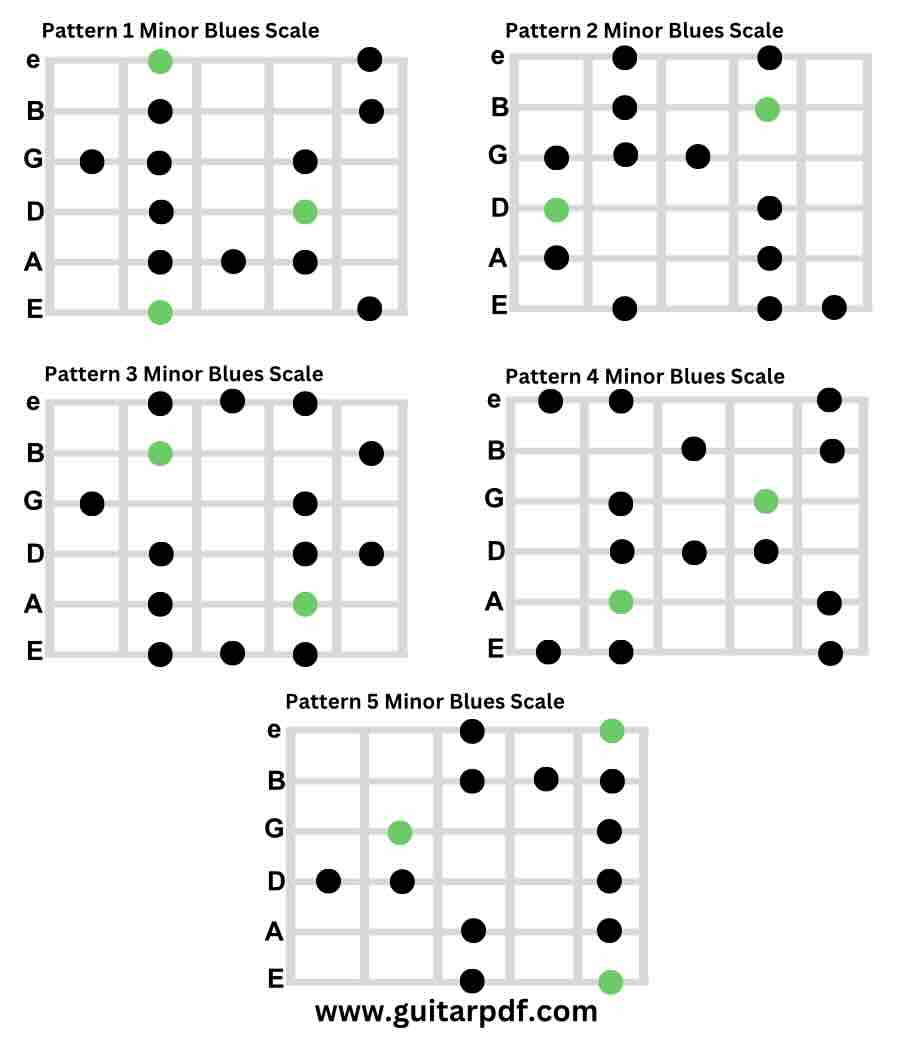
Blues scale is very popular for the guitarists because they use the knowledge like the techniques, licks, riffs and passages on their solos and improvisations. Some players also combine Blues Scale to other scales to achieve beautiful phrasing and tonality. You will notice that there are some written solos which are running with the Major Scale, then as the solo progress, you will see that they will insert licks with the Blues Scale to give color and feelings.
Now that you have already known the Major/Minor Scale, Pentatonic Scale and Blues scale, it’s time for you to learn the Guitar Modes.
The Guitar Modes
If you want to create unique sounds and moods on your solos and improvisation, then learn to use the Guitar Modes. The guitar modes is a variation of the Major Scale and guitarists utilize modes to achieve different sound and tonality of the existing Major Scale. Therefore, it is required for you to learn and be familiar with the 5 shapes of the Major Scale if you want to explore and use the guitar modes on your guitar playing.
Here are the different guitar modes:
1. Ionian – This mode is mostly used over Major Chords and the resulting sound is bright, happy and uplifting.
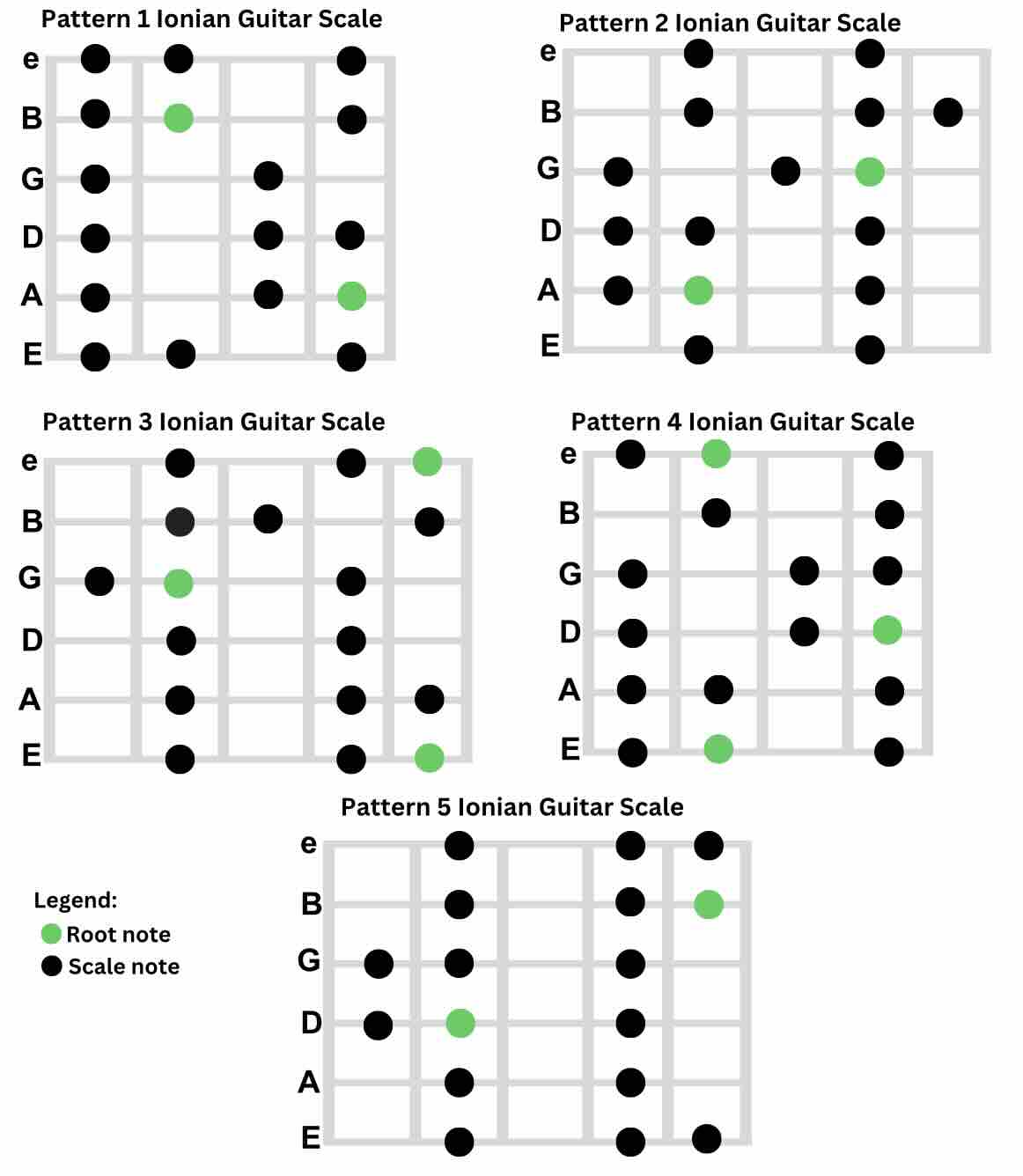
2. Dorian – this mode is usually used for blues, jazz and rock genre. It sounds bluesy and jazzy when played over Minor 7th Chords.
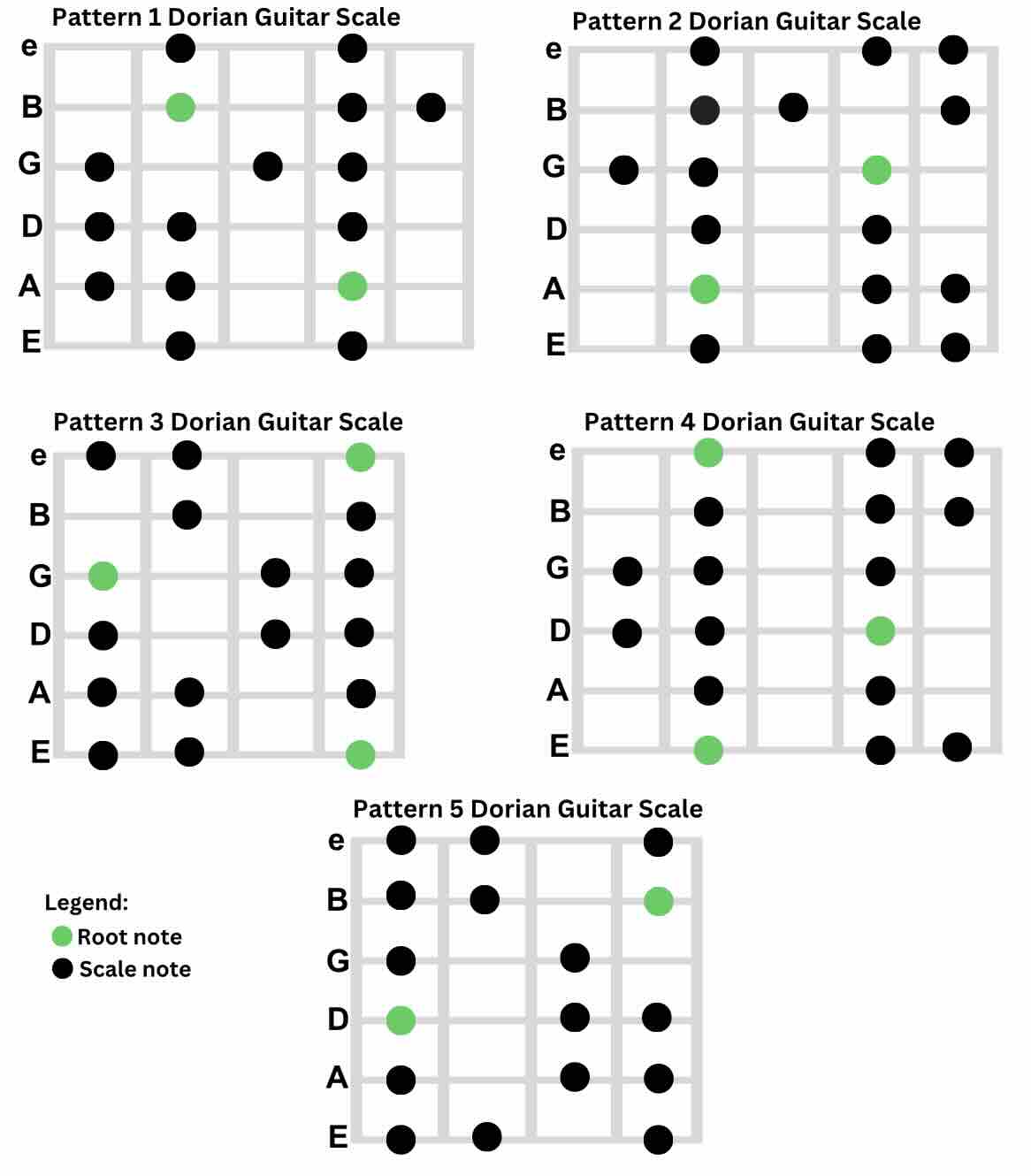
3. Phyrigian – this mode is played over the Minor chords and it sounds like Spanish flamenco music.
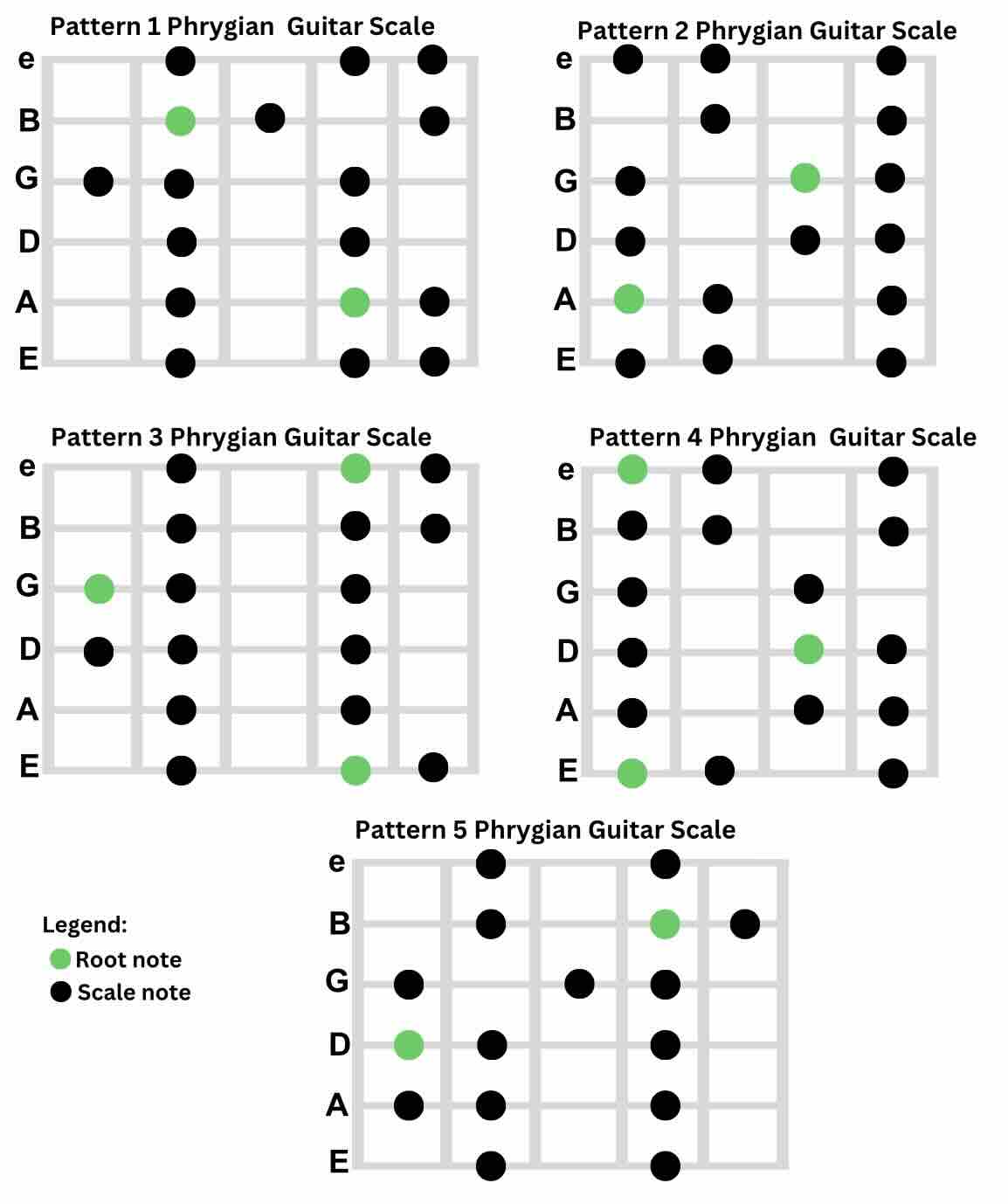
4. Lydian – if you want to achieve dreamy and mysterious sound on your solos and improvisation, then use Lydian mode.
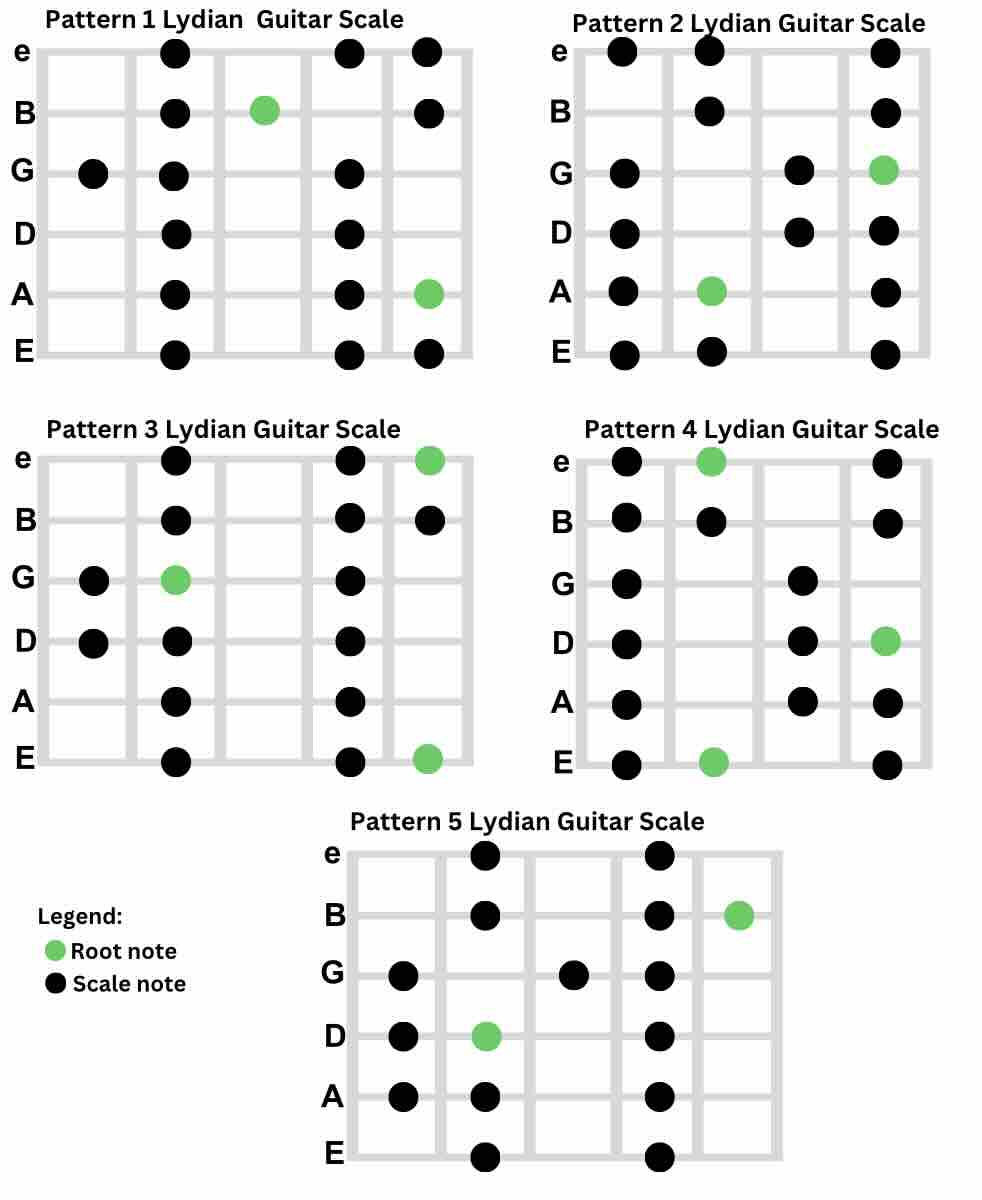
5. Mixolydian – this mode is played over dominant 7th chords. By using this mode, you will produce a bluesy and rocky tonality.
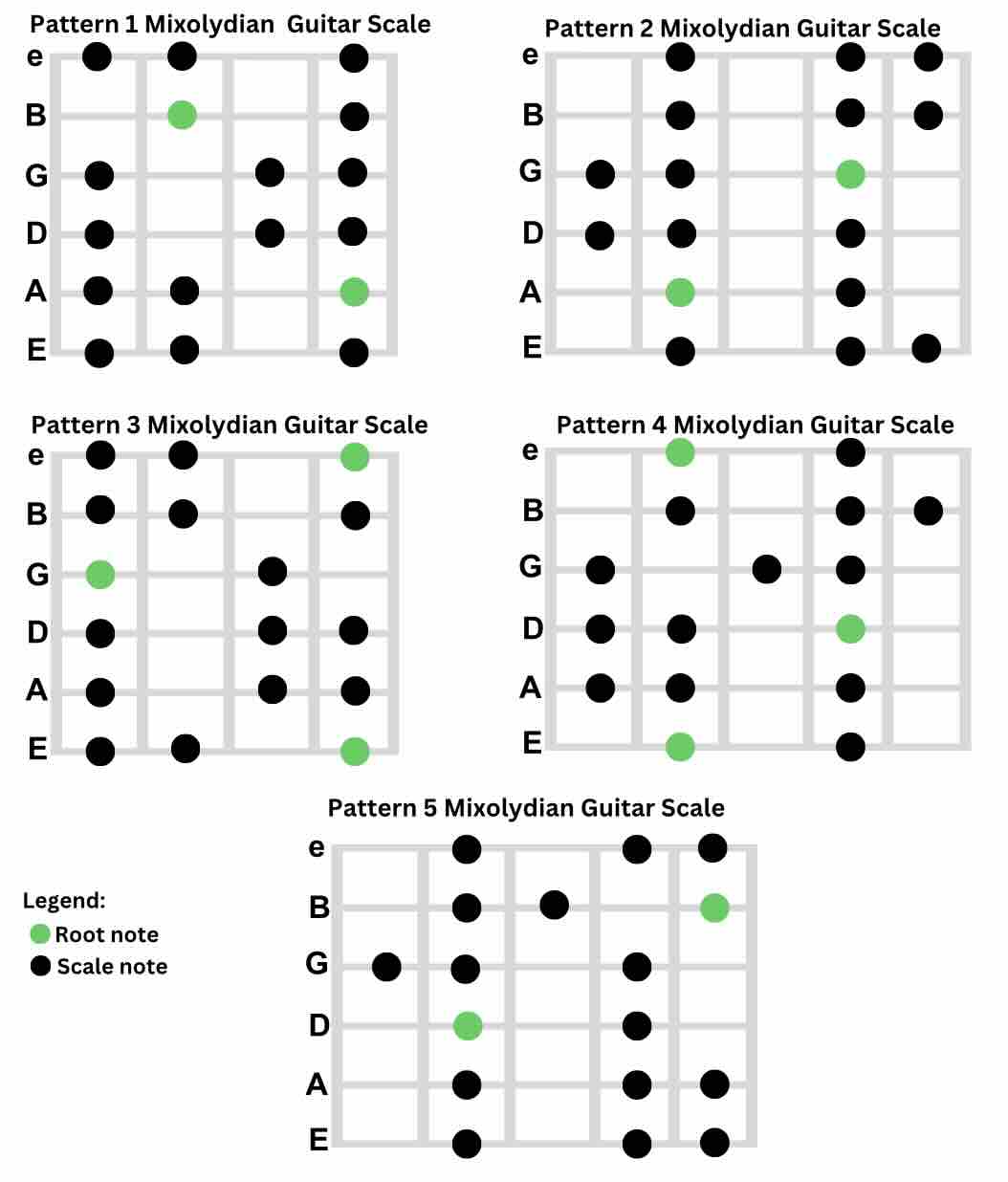
6. Aeolian – this mode is played over Minor chords therefore it will produce sad and melancholic sounds.
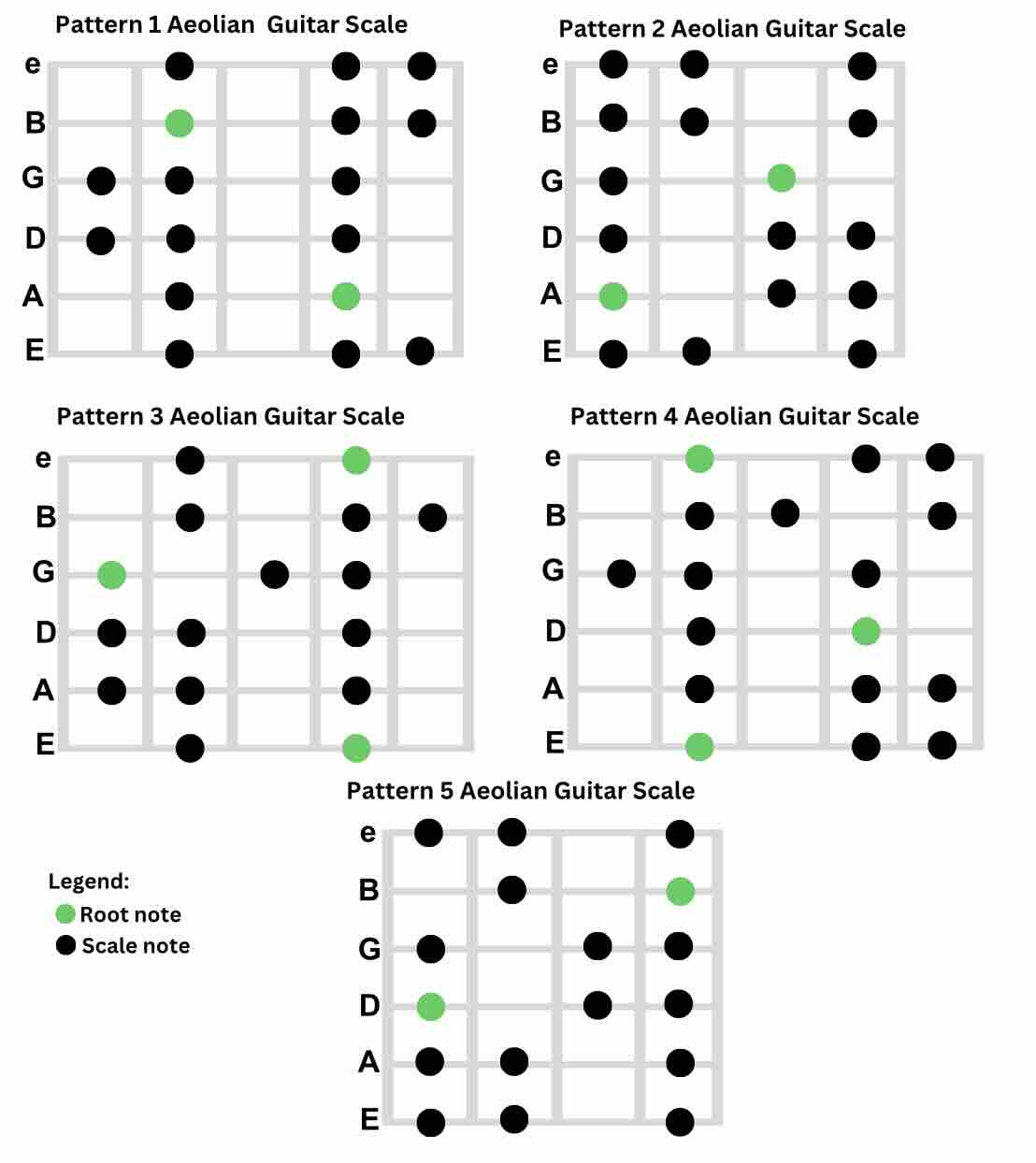
7. Locrian – this mode is used for diminished chords. The sound produced using this mode is like dissonant and unstable sound which is perfect for darker jazz and progressive metal genre.
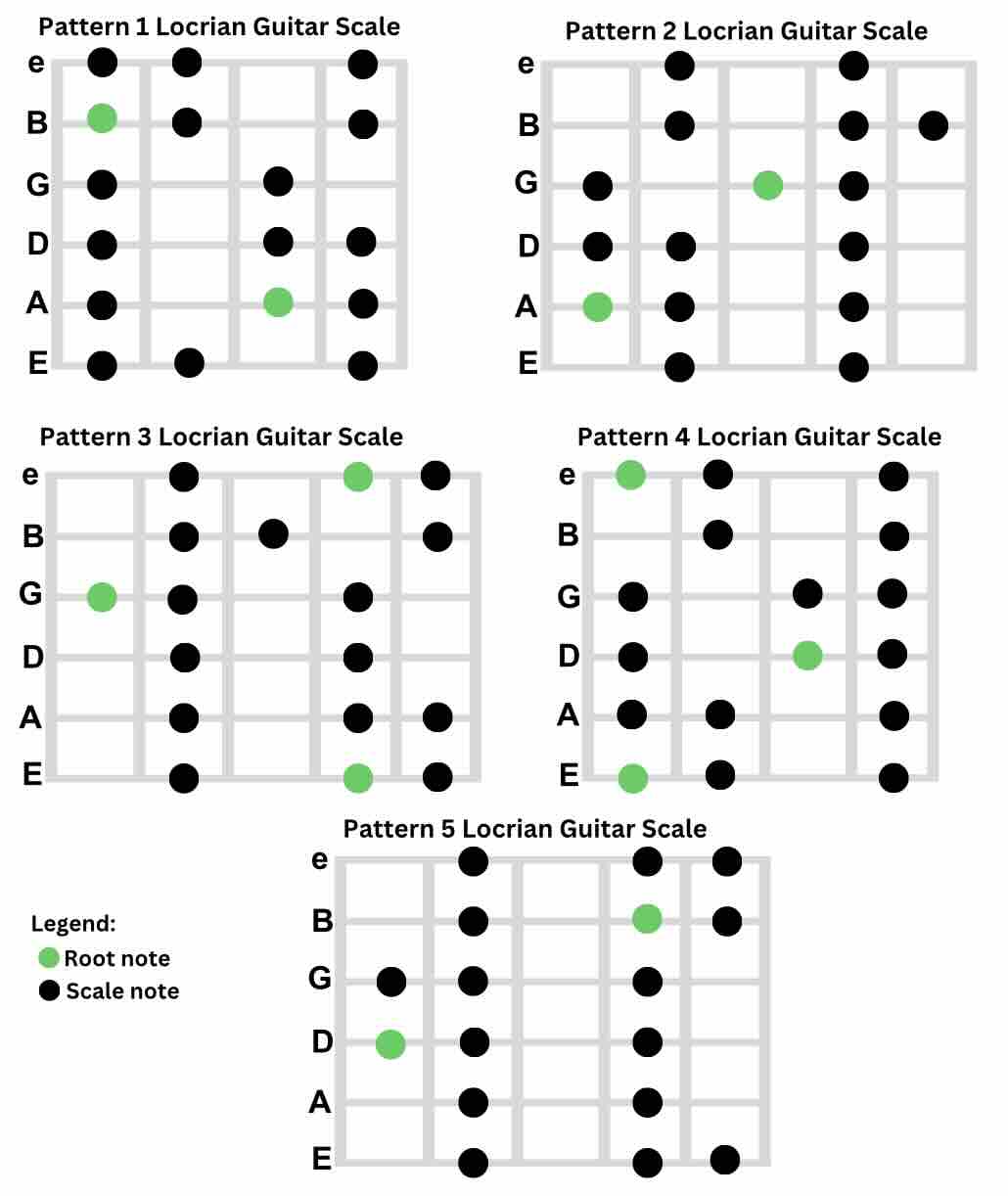
Conclusion:
There you have it! We have just presented to you the scales that you will encounter on your guitar journey. Learn these scales and we will assure you that you will become a well rounded guitar player that can play solos and improvisation.
You really don’t have to learn all the scales. What you should do is be a master of one scale then explore on it by playing different licks and riffs. Learning the scale is also based on the music genre you are interested in. If you loved to play rock style of music, then most probably you will be fine just by learning the Pentatonic Scales. That is totally fine, because you will discover that your guitar here might be doing the same thing.
But of course, if you have the time to practice and learn all the scales, then do it. It will be totally worth it because it will give you all the options and tools to use on your music journey. It will unlock all the possibilities and will give you flexibility as a guitarist. You will become a sought after guitarist in your area because you can jam on other bands that plays different kind of music genre.
Thank you for visiting guitarpdf.com. We hope that the information that you learned from this article will help you to become the guitarist that you want to be.

